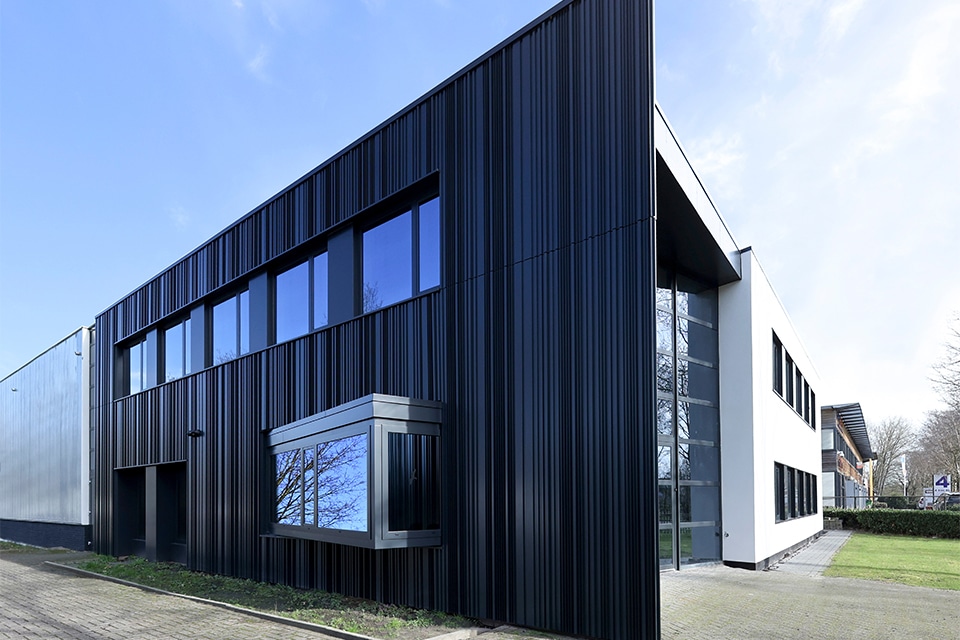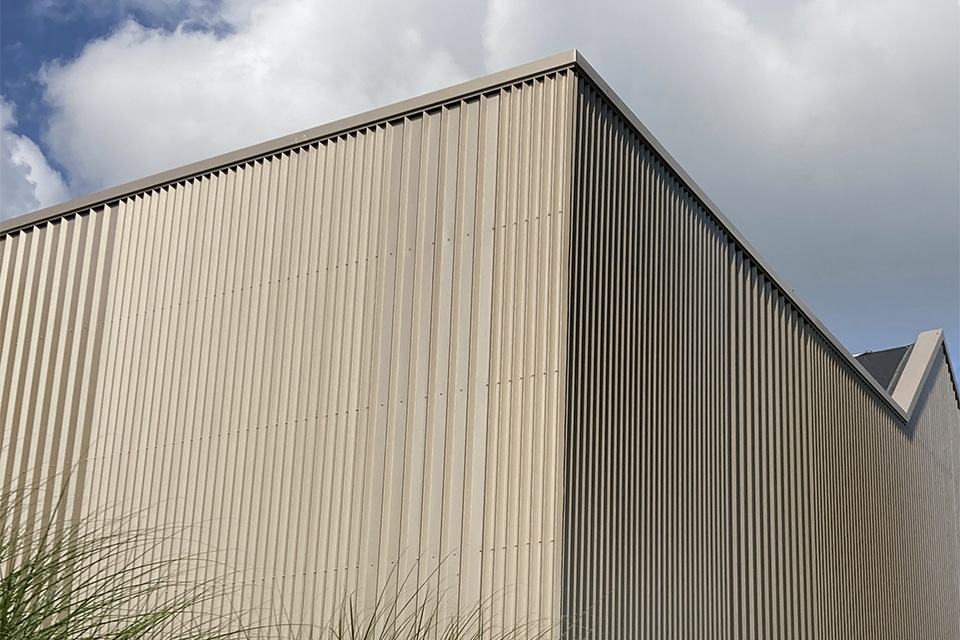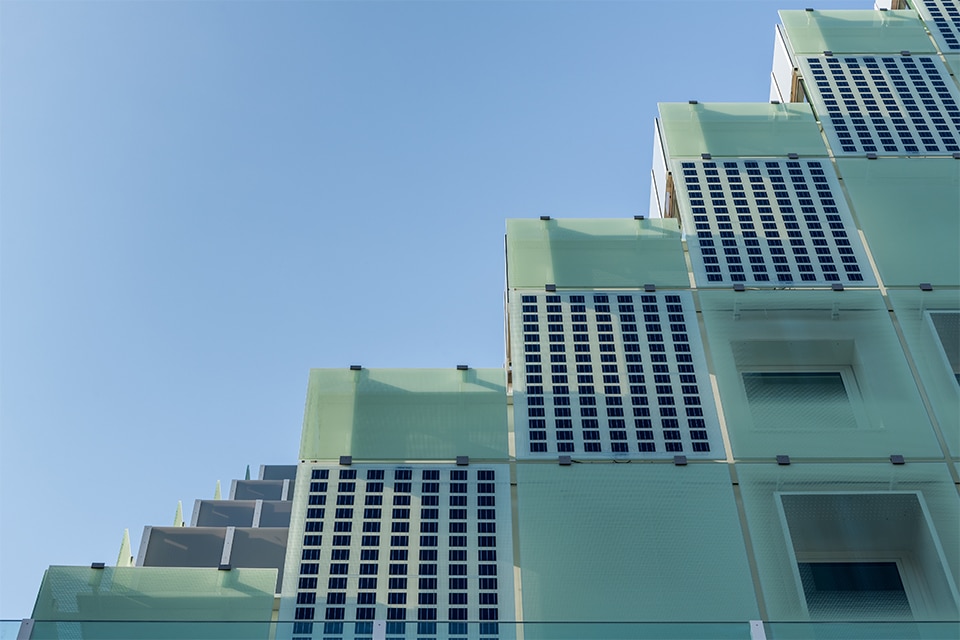
Don't let fire safety be an afterthought!
Proper and safe sealing of linear joints and penetrations begins at the design stage
Fire safety is still too often a closing item in residential buildings and utility projects, making emergency interventions and high costs inevitable. Bostik is happy to change this by sitting down with the architect and client at an early stage. "We are happy to advise on the correct detailing of linear joints and penetrations," says Nick Haring, business developer for Fire Protect and Airtight Construction at Bostik.
"From stone walls and floors to metal stud and Cross-Laminated Timber (CLT) applications and from risers to meter boxes, ensuring the right fireproofing choices are made from the outset. Under the Fire Protect name, we also offer a complete range of certified products that effectively control the spread of flames, smoke and toxic fumes through joints and penetrations," Nick continued.
The importance of compartmentalization
To understand the need for fire safety and fire and smoke compartmentation, it is important to know that more than half of the people who die in a fire were not in the room where the fire broke out. Moreover, most casualties are not from the fire itself, but from the smoke that spreads through the building at lightning speed.
"For a long time, the Building Code required that buildings be divided into fire and smoke compartments to limit fire and smoke spread," Haring knows. "A structure that was 30 minutes flameproof was assumed to also be 60 minutes smokeproof. In practice, however, this rule proved inadequate because cold or moderately hot smoke was insufficiently excluded. Therefore, in July 2021, the NEN6075 standard was tightened in NEN6075:2020, which focuses very specifically on the smoke density of structural components and separating building parts. This effectively stops not only the spread of flames, but also that of smoke and toxic fumes. As a result, residents and employees can escape safely, property is better protected and the fire department is given sufficient time to do its job."
Fire and smoke compartmentation is mandatory in residential buildings to prevent flames, smoke and toxic fumes from spreading from one dwelling to another. "However, utility buildings - depending on their size, function and contents - must also have proper fire and smoke compartmentation."
Field-tested
Following the construction of the fire and smoke-resistant partitions, explicit attention must be paid to the linear joints and penetrations. For only if they have proper fire and smoke seals can the spread of flames, smoke and toxic vapors be effectively stopped.
"By linear joints we mean the construction joints between fire separation and ceiling, fire separation and wall or fire separation and frame," Haring points out. "Sealing these joints safely requires products and systems that comply with EN 1366-4."
Bostik has a wide range of products that comply with this standard. "All of our products have been tested in various practical situations by a certified independent laboratory, in various constructions and in many joint widths. The results of these tests are contained in classification and test reports, which can be freely downloaded from our website."

Polymer sealant or foam
A unique product for sealing linear joints is Bostik FP 403 Fireseal Hybrid polymer sealant, which is tested and certified for use with horizontal and vertical joints, connecting joints, wood and steel window frames, stony substrates and all metal stud applications. Some versions even allow joints up to 60 mm wide, Haring says. In addition, the sealant is easily paintable.
"Also popular is our FP 404 Fire Retardant PU Foam, which has been successfully tested on stone walls from 70 to 200 mm thick. This also makes this product very suitable for precast builders and finishers."
Still, these products cannot be applied lightly, he emphasizes. "A good product alone does not guarantee a good fire and smoke resistant joint. For this, exactly the right products must be applied in the right way, in the right thicknesses and in the right positions. It is therefore important to obtain the classification reports of the desired products at an early project stage. Do product and project classifications match? Is a product suitable for the wall or floor thickness in question? And what should be the maximum width of the horizontal and vertical joints?"
To advise and support in this, Bostik likes to come to the table with the relevant stakeholders as early as possible. "This allows us to stay ahead of mistakes and expensive emergency interventions and bring building safety to the very highest level."
Fire-resistant penetrations
Following the example of linear joints, Haring also calls attention to fire-resistant penetrations in the fire and smoke compartment. Because in this area, too, there is still much ground to be gained, he notes. "Unfortunately, we still too often see that - when multiple penetrations have to be made for electrical cables and pipes, for example - all the penetrations are crammed into one corner. This may seem efficient, but it does absolutely nothing for fire and smoke safety. In this case, in fact, a proper and safe seal is no longer possible."
Penetrations must often be provided at least 3 inches apart and out of the wall, he emphasizes. "In addition, the right product selection is essential here. After all, the product must be suitable for the construction material in question. In addition, for example, the right screws must be used for the right application."
Also for CLT
Bostik also offers an extensive range of products for sealing penetrations in fire and smoke compartments, which have been successfully tested according to EN 1366-3. "What makes our product range unique is that in addition to stone walls and floors, we also offer certified solutions for Cross-Laminated Timber (CLT). In addition to intumescent sealants (acrylic and graphite), our range consists of various thicknesses of stone wool slabs, pipe collars, pipe wraps, putty cords and mortars that not only ensure fire and smoke safety, but also enable significantly faster work. All our products comply with EMICODE® EC1 Plus and are well suited for BREEAM projects. In a personal meeting we would be happy to explain the possibilities in more detail."
Heeft u vragen over dit artikel, project of product?
Neem dan rechtstreeks contact op met Bostik Benelux.
 Contact opnemen
Contact opnemen



